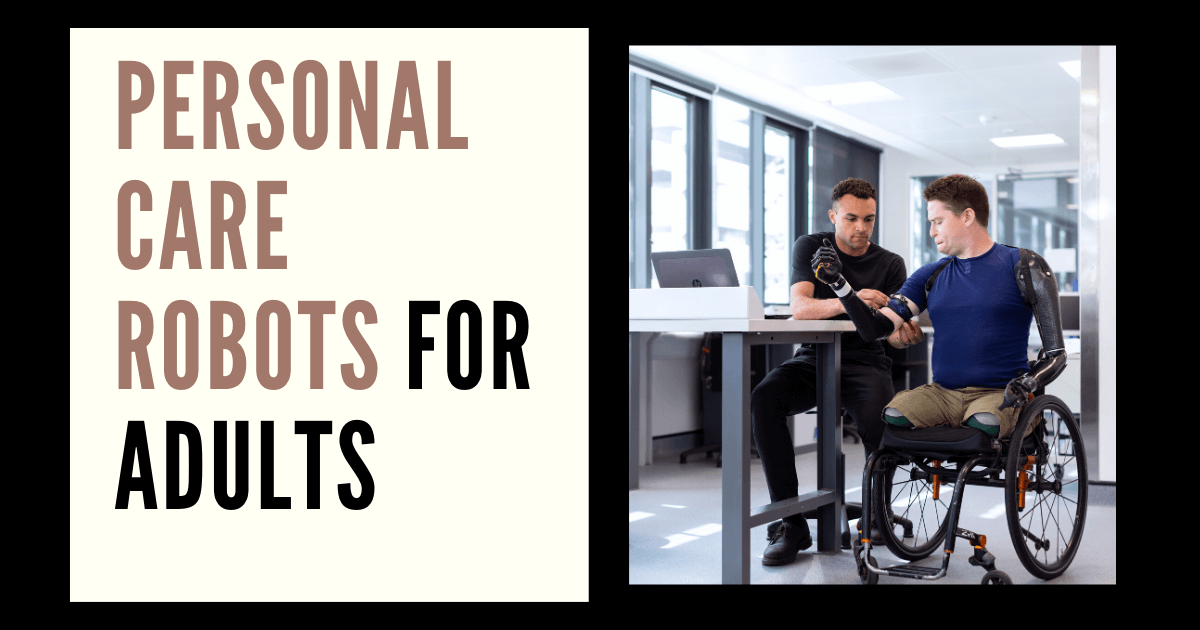Advances in sensors have improved the capacity of personal care robot tasks related to domestic handling and mobility assistance. As well as to observe the atmosphere and the people around them to execute oversight functions. According to the World Robotics Federation in Frankfurt, which expects sales to grow to 37,500 units between 2016 and 2019. Also, about 4,700 elderly assistance robots sold globally in 2015.
Does our future depend on Personal Care Robots
The idea underlying personal care robots have been here for years. Nevertheless, its importance has become even more evident as the difference in the number of caregivers available. As a result the older population of the country started to grow.
Robots Are the Future of ElderCare
Researchers all over the world are efficiently and effectively striving to help solve these problems. And also, they are working independently to create intelligent drones capable of carrying out similar. If not exactly the same tasks as carers.
Yet still, the market is changing. Companies still very much siloed from each other left to focus on perfecting specific remotely operated components.
Organizations like Jibo, for example, lead the charge of incorporating social robotics into our personal life. Intended as an engaging companion and family assistant, Jibo known to the “world-first home social robot”.
However, Jibo is not a mobile robot and needs the complicated microstructural and chemical components to personal care robot. This is something of a solution to the mental and emotional system.
Advancement of Personal Care Robotics
For example, in Japan, businesses driving the development of humanoid personal care robots designed exclusively for the elderly. A big chunk of this work reportedly funded by the Japanese government doing its part.
Numerous efforts are now taking place in the United States to incentivize researchers. The National Science Foundation not only invests in the advancement of service robots. But the National Institute of Health has also known to fund robotic initiatives aimed at improving health. And also, quality of life especially elderly care robotics developments that greatly boost mobility in elderly people.
What’s next for Personal Care Robots
Although it is not entirely clear what the future will hold in terms of robotics for personal care. Recent industry developments suggest that potential ventures will include robots capable of interconnecting with appliances and home automation. And also, capable of utilizing telepresence technology that allows loved ones to check in from far away.
Future assisted living robots will also have the ability to take on medical diagnostics more than likely. As well as using facial recognition algorithms to determine how someone feels.
But with all this hope for the future, there is still a dichotomy of things. That robot can do faster than adults, and things they actually can not do at all. For example, a personal care robot easily locates and retrieves a pillbox from another room in the future.
All you need to know about Robotics and Embedded System
Learn Robotics & Embedded Systems
Learn Robotics & Embedded System with WAC
Other Skills in Demand
| Artificial Intelligence | Data Science |
| Digital Marketing | Business Analytics |
| Big Data | Internet of Things |
| Python Programming | Robotics & Embedded System |
| Android App Development | Machine Learning |


